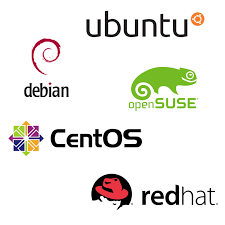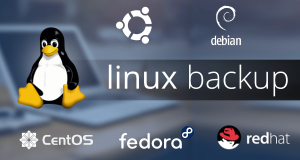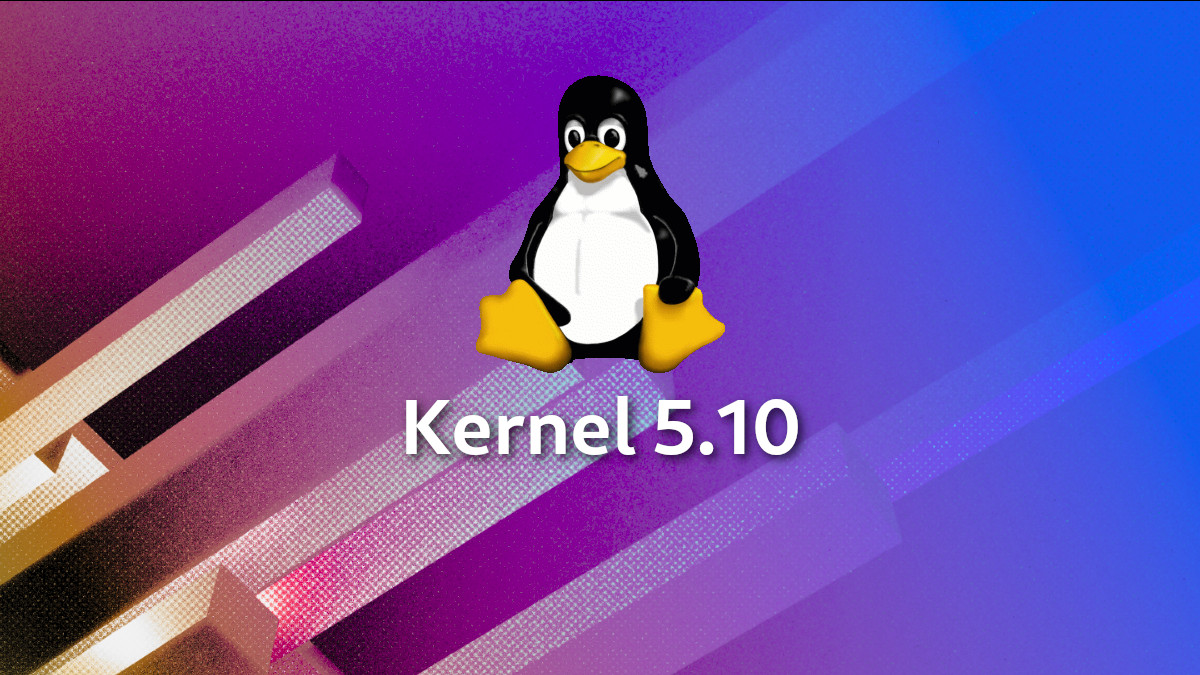Best of Technical Support
Our experts answer your technical questions.
Execution Trouble
I use Red Hat 5.0. When I try to execute files in a current directory, I get a “command not found” error even though the file exists and is executable. What is going on? —A. Roychowdhury
UNIX, like DOS and MS Windows, uses a PATH statement to tell it where to look for files. For security reasons, however, UNIX does not automatically add the current directory to the PATH when you enter a command (unlike DOS or MS Windows). You therefore need to specify the full path name of a command, even when you are in the directory in which the command is located. The easiest way to do that is to use the “dot-slash” notation; assuming you’re in the directory where the Netscape executable lives, use:
$ ./netscape
You could add the current directory to your path, but most security experts agree that UNIX’s default behaviour is a feature, not a bug, and should be left alone. Having UNIX automatically search the current path leaves you vulnerable to running non-standard versions of executables that could get you into trouble—imagine if someone dumped a program called ls into your current directory that actually mails your password file to someone else. —Vince Waldon, Vince.Waldon@iplenergy.com
su
I’ve been using OLL 1.1 for quite a while now without any problem. Lately, screwy things have been happening. One example is su. Whenever I use su to become a superuser from a regular user account, it prompts for the password, but ignores (and displays) whatever I type. It simply doesn’t work; I have to CTRL-C out of it. I tried reinstalling to no avail.
Another problem that happens at the same time is with man pages. It displays the first page okay, but will not respond to any key presses except CTRL-C and other breaks. less just doesn’t respond. Any help would be appreciated. Thanks. —Eric Benoit, Caldera OpenLinux Lite 1.1
Sounds like some kind of terminal setup problem—you may have changed /etc/termcap or the part of your .bash_profile or .bashrc that establishes the terminal type. Try any or all of the following commands:
% stty sane % reset % export TERM=vt100
—Scott Maxwell, maxwell@pacbell.net
Printing from Netscape
Sometimes when I print from Netscape I get the following pop-up window: lpr: copy file too big. I am using Debian 1.3. How do I fix this? —Rick Bronson
The printer daemon enforces a limit on the size of the file it will print. The limit can be changed in your /etc/printcap by setting the mx value (0 means unlimited). For example:
lp:lp=/dev/lp1:sd=/usr/spool/lpd:mx#10000
Check man printcap for more details. —Alessandro Rubini, rubini@linux.it
Installing X Windows on an IBM ThinkPad
I recently installed the Caldera Linux kernel version 1.1 on my IBM ThinkPad 365XD. I want to install the X Window System, but I am not sure if it supports my computer’s LCD, which is SVGA, 800×600, 60 Hz. The X configuration tool does not list this kind of LCD as an option. How can I install X? —John Gallagher
First, you should check if your video chip is supported by the latest version of XFree86. You can also check out the Linux Laptop page at http://www.cs.utexas.edu/users/kharker/linux-laptop/.
If your laptop is not supported, you can try commercial X servers such as Xi Graphics (http://www.xig.com/). —Pierre Ficheux, pierre@lectra.com
rsh
I am using Red Hat 5.0. I am having trouble getting rsh to work properly with other UNIX machines on my network. I either get “permission denied” or a password prompt. I thought the whole purpose of rsh was to issue commands on a remote system and have the output saved to file or wherever specified. What I am trying to do from my Linux machine is use rsh to connect to a Solaris machine, execute the command df -k, save the output to a file back on my Linux machine and disconnect. I can’t seem to find any help in the man pages, so perhaps you could give me syntactical examples that might be of use. I administer both the host machines and the local Linux machines so I can create users, etc., if necessary. Thanks in advance for your help. —Don Kirouac
The Solaris rsh manual page will give you some information about the configuration files (/etc/hosts.equiv and $HOME/.rhosts). Actually, if your Linux machine is listed in the /etc/hosts.equiv or in the $HOME/.rhosts of the Solaris server, it should allow you to use a command such as:
rsh solaris_server df -k > foo
which executes df -k on Solaris and saves the result to the foo file on your SOLARIS home directory. For example:
$ rsh noe df -k > foo $ cat foo Filesystem kbytes used avail capacity Mounted on /dev/dsk/c0t0d0s0 13119 12932 0 100% / /dev/dsk/c0t0d0s6 195447 163746 12161 93% /usr /proc 0 0 0 0% /proc fd 0 0 0 0% /dev/fd /dev/dsk/c0t0d0s3 106047 55527 39920 58% /var swap 2242036 140 2241896 0% /tmp ...
—Pierre Ficheux, pierre@lectra.com
PLIP or SLIP?
I am wondering if there is an easy way to connect my laptop running MS Windows for Workgroups with my PC running Red Hat 5.0. Should I use PLIP, SLIP or something else? —Thomas Svanelind
PLIP is probably the cheapest and simplest networking setup around (although it has limitations), and is supported by both of these platforms. —Scott Maxwell, maxwell@pacbell.net
 Linux, Linux OS, Free Linux Operating System, Linux India Linux, Linux OS,Free Linux Operating System,Linux India supports Linux users in India, Free Software on Linux OS, Linux India helps to growth Linux OS in India
Linux, Linux OS, Free Linux Operating System, Linux India Linux, Linux OS,Free Linux Operating System,Linux India supports Linux users in India, Free Software on Linux OS, Linux India helps to growth Linux OS in India





